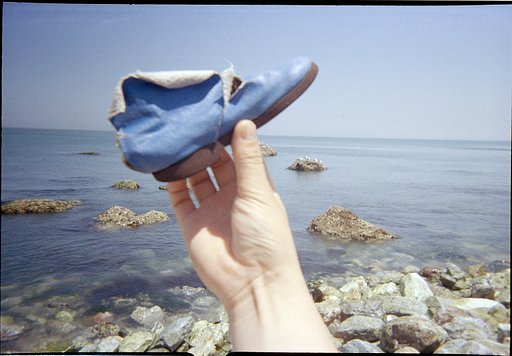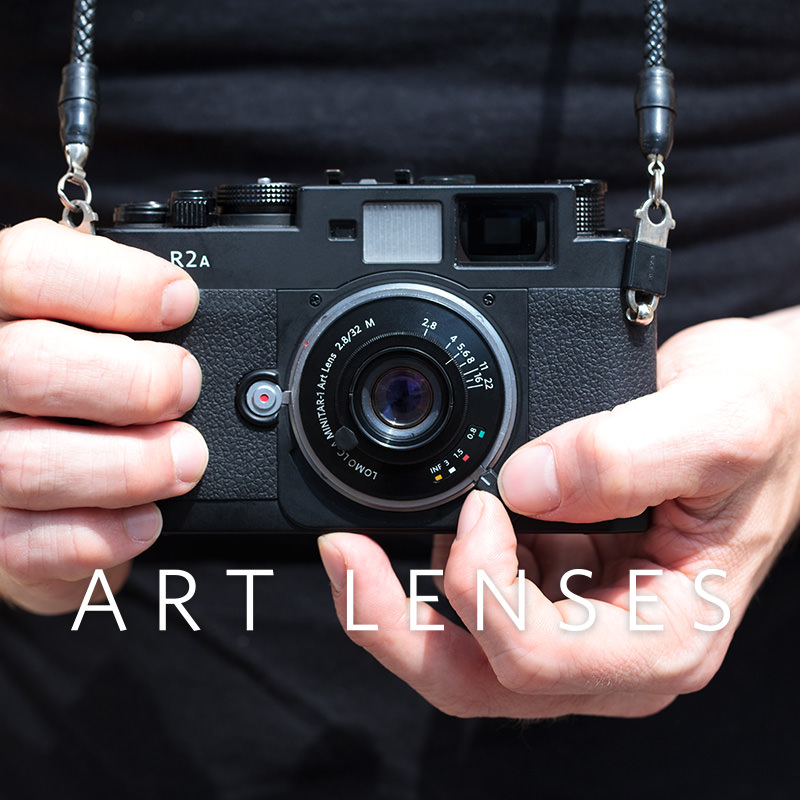Gregory W. Dawe on his Passion for Pictorialism & Lomography
9 Share TweetCommunity member Gregory W. Dawe (@akula) has one goal when it comes to his craft: "I want the viewer to pause". And what better way to make the audience think (and feel) than pictorialism? In this approach, reality takes a step back and imagination is given free reign. Instead of stating the obvious, pictorialism plays with possibilities, much like the philosophy of Lomography.
In this interview, we talked with Gregory about the two approaches and what exactly makes them similar. He also shared with us his life-long love for film and why he still finds the medium enticing now after so many years of practicing the craft.
Hi Gregory, and welcome to Lomography Magazine! Can you tell us a bit about yourself and your background in film photography? How and when did you start?
My first camera was a 126 format instamatic camera, a toy camera. I took a photo course in school in the late 1970s that changed everything. This was real photography, SLR cameras made of metal and glass, film development, chemicals and a darkroom.
Soon I was experimenting with alternative techniques such as solarization and pinhole cameras. I went on to University and became a high school photography teacher, and taught many alternative techniques as well. I am retired now.
What keeps you shooting on analogue now?
With analogue photography my hand is present throughout the entire process of exposing, developing and altering the negative – the hand of the artist so to speak. There is an artistic authenticity to working this way. When it comes to altering the image, analogue is the only option for my methods. Fire and chemicals need a negative to act upon.
I want the viewer to be aware that the image is made from a physical object, the original negative. With analogue there is an endless combination of cameras, lenses, films, and darkroom techniques to keep me interested.
How did you start getting interested in pictorialism? And what exactly is it that keeps you interested in this approach?
I love to experiment with compositions and darkroom techniques. I like the chemistry of film photography. I like the painterly aesthetic of pictorialism, the soft focus and dream-like images perfect for toy cameras and film.
I use atmospheric effects both natural and by my hand to create a mood, to create a response from the viewer. I want the viewer to pause. Pictorialism is the perfect way to experiment, to turn an image into something special and unique.
What are some of your influences in photography and what inspires your art?
Just as early pictorialists were inspired by painters I too have been inspired by the work of painters such as, Margaritte, Picasso, Jacques-Louis David, Andrew Wyeth and photographers such as Jeff Wall and Rodney Graham. I am inspired by nature, I often shoot outdoors in park-like settings.
However, one of my primary influences are other Lomographers. I like scrolling through Lomography images, discovering new films, new techniques, and new ways of seeing. Many of my fellow Lomographers are pictorialists at heart whether they know it or not.
You've also tried out quite a few films and cameras from Lomography. Can you tell us about your experience with these?
When I get a new Lomography camera or a new film, I am motivated to explore, test the features, see what I can create. Indeed there is a lot one can do with a simple camera. Using these unique cameras and films requires a certain mindset, a willingness to experiment and accept imperfection.
My pictorialist imagery benefits from the soft focus of a plastic lens. The wide angle Lomography lenses produce interesting and dramatic compositions. The Lomography films lend a distinct analogue feel to photos. I shoot both black and white and color film and process the film at home in a darkroom.
Do you have a favorite out of these films and cameras?
I used Lomography’s color negative films, but the films that stand out to me, the special films, are LomoChrome Purple and LomoChrome Turquoise. The pictorialist approach to photography often results in images that approach the surreal, at least for me. These purple and turquoise films let me really lean into that surreal side of things.
My favorite Lomography cameras are the Lomo LC-A 120 and the Lomo LC-Wide. The LC-Wide is with me almost all the time. It's easy to shoot and has great results. It is the 17 mm lens however that makes this camera special. The LC-A 120 also has a great wide angle lens. I like composing square images as the medium format negatives make for nice prints.
When do you know you've got a great shot? Is it when a story reveals itself?
When I review my photos, good photos will be visually interesting, have a strong composition and overall aesthetic. I orchestrate the narrative, as pictorialists often do. In my best photos the narrative is unified with the aesthetic along with any artistic manipulation applied to the negatives.
Do you have any tips for anyone who might be interested in taking the pictorialism approach?
Here are some things I find useful in making pictorialist images: set out with the intention of making art and approach the image with a painterly aesthetic, convey emotion and mood. If you are stuck for ideas, recreate art you like, however put it through your own filter, use the settings and people around you. Pay close attention to how the image is composed.
Along the way you will find your own style. Look at your best work, lean into what you are doing well. As much as possible take a hand in the entire process. Take a darkroom course (or teach yourself), see what it's like to process your own film and perhaps, make your own prints. If you are manipulating negatives, start with a strong composition, an interesting image, don’t rely on manipulation to make a weak composition good, though that sometimes works. Having the intention of making art is the most important part of being a pictorialist. All the other tips are optional, you're the artist.
And lastly, do you have any projects you'd like to share with us?
I am constantly on the search for a shot that is harmonious with the technique, film and camera. I will continue to burn film for the aesthetic and distortions it creates. My techniques of burning film are improving.
This summer, I will be turning my attention towards the heat, the dead trees. Perhaps this summer, the skies will once again turn from blue to orange due to forest fire smoke. A tragic opportunity for a pictorialist. I will have to see if the resulting negatives are indeed worthy of burning.
We'd like to thank Gregory for sharing his ideas and images with us! To view more of his work, visit his LomoHome.
written by sylvann on 2024-06-05 #culture #people #videos #experimental #community #lomography #pictorialism #akula











































No Comments